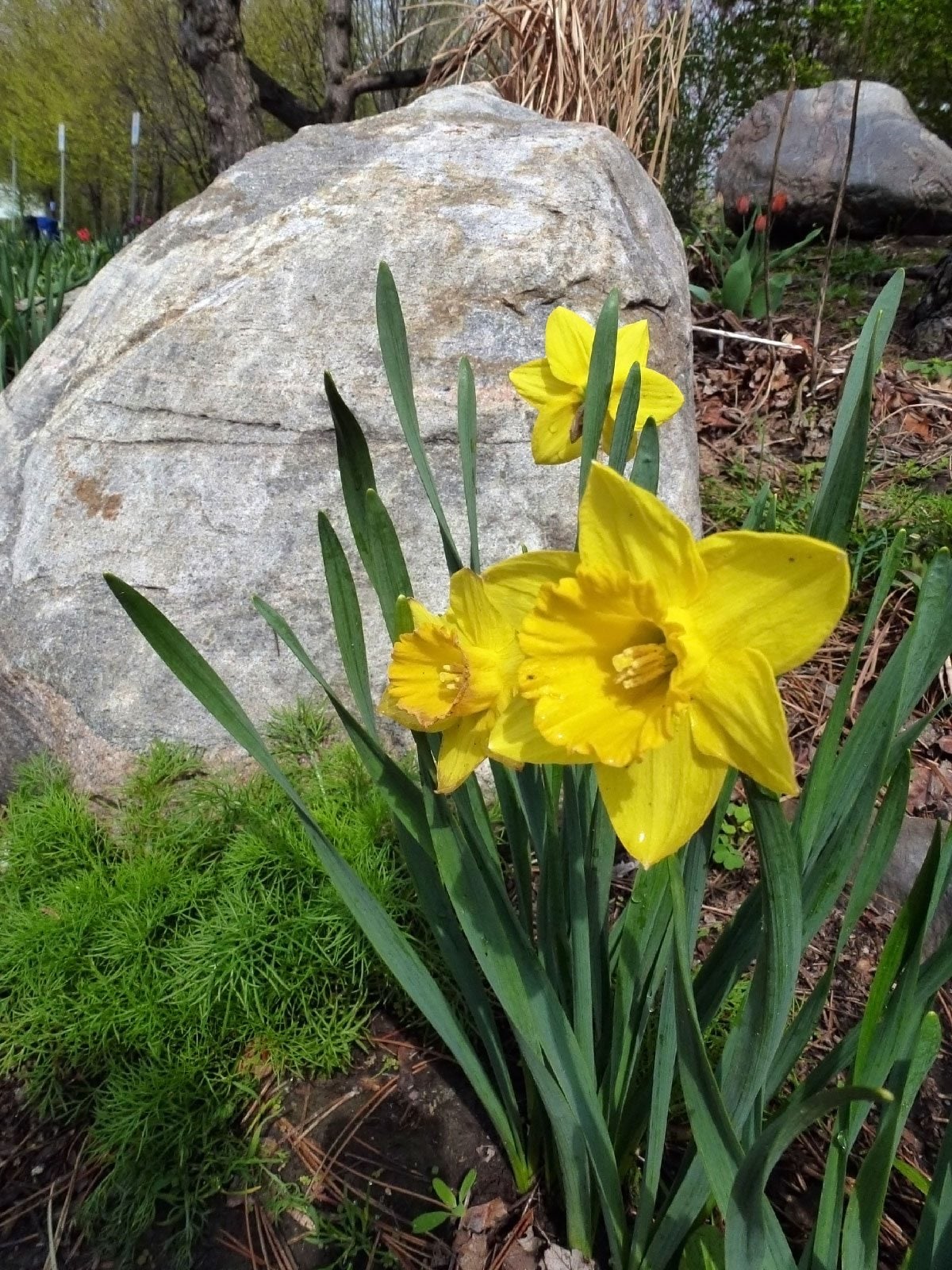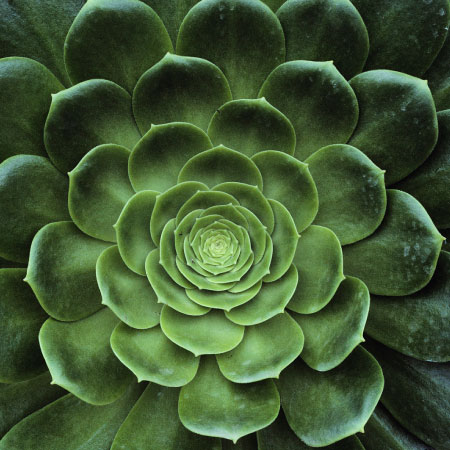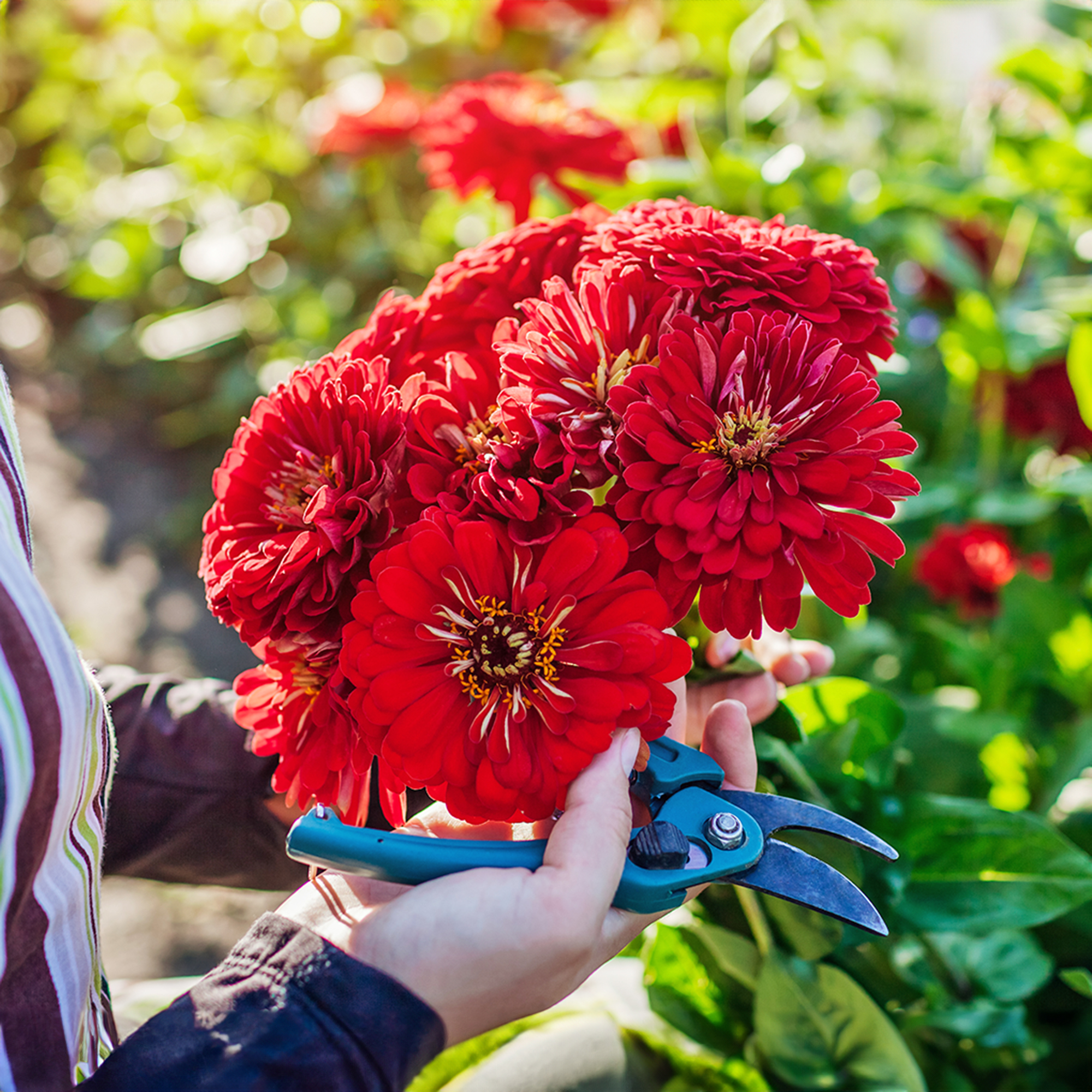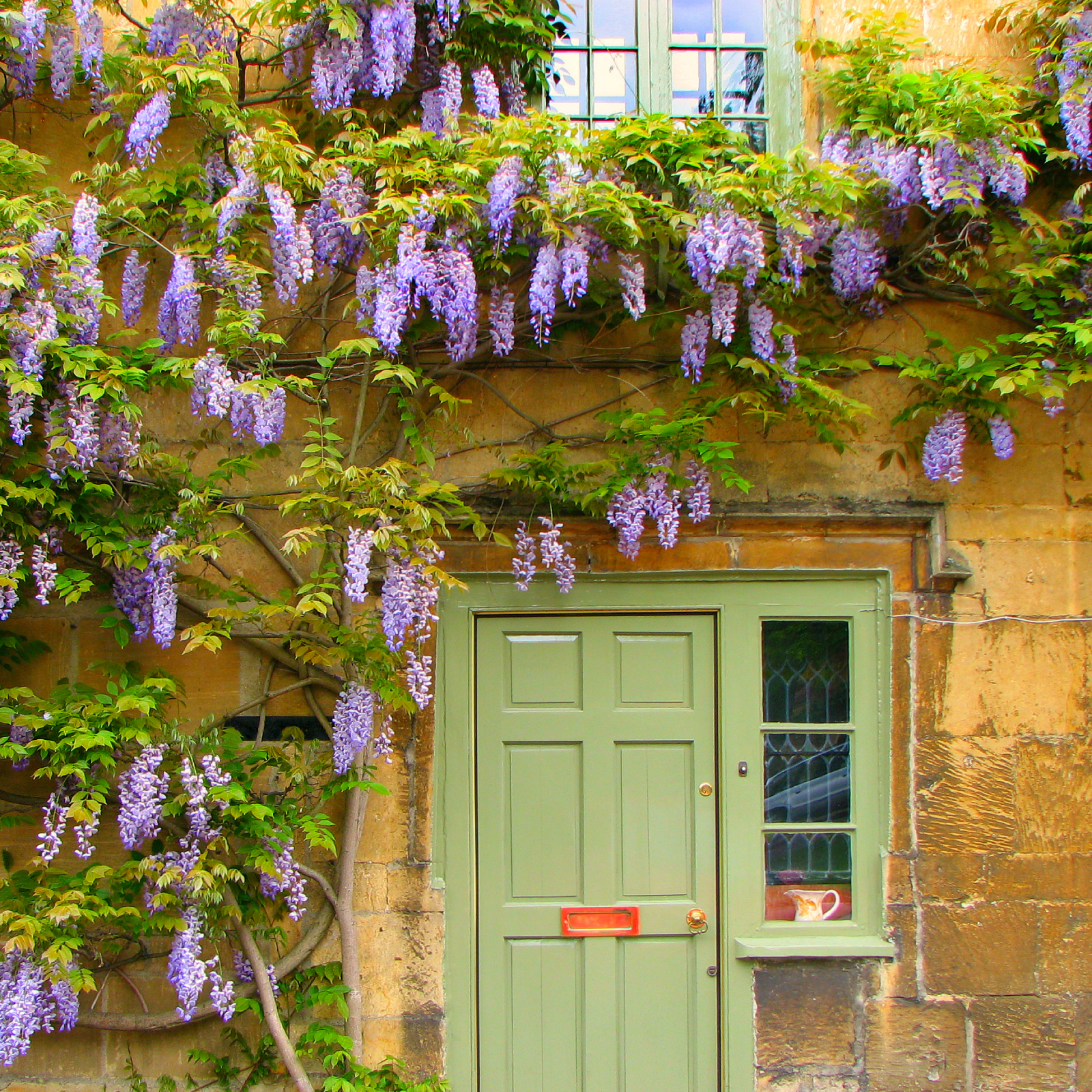Flower Bulbs Not Growing: Why There Are No Daffodils After Planting


Daffodils are cheerful harbingers of early spring and, usually, they bloom dependably for many years. However, sometimes problems arise and, unfortunately, there are no daffodils after planting. If your flower bulbs are not growing, put on your detective hat and do a little troubleshooting. Most problems are easy to fix.
Daffodil Flower Bulbs Not Growing
If your daffodil bulbs did not come up, there are a number of things to consider.
- Did you plant the bulbs upside-down? Daffodil bulbs should be planted with the pointy side up.
- Did you plant too late in the season? The best time for planting daffodil bulbs is fall, between September and Thanksgiving. If you forgot to plant, you can put the bulbs in the ground later, but you probably won't see much growth the first year.
- Did you plant the bulbs too deeply (or not deep enough)? As a general rule, bulbs should be planted at a depth about three times their height. This means that daffodils should be about 6 inches (15 cm.) deep. If you live in a cold climate, be sure the tops of the bulbs are protected by at least 3 inches (8 cm.) of soil.
- Did you remove the foliage too soon after last year's blooming season? You can cut the bare flower stalks, but always leave the foliage in place until it turns yellow. Through the process of photosynthesis, the bulbs convert energy from the sun into food required to sustain the bulbs for the next growing season.
- Are your bulbs old or overcrowded? If so, this can be a reason for daffodils not coming up. This problem is usually easily remedied by digging and dividing the bulbs after the foliage begins to turn die down and yellow.
- Do you have chipmunks or other rodents? The little rascals love bulbs, and while most don't typically find daffodils' bitter taste that palatable, they may still on occasion dig them up if there's nothing else available. If this is the case, you can cover the planting area with wide mesh chicken wire. You can also build square boxes from the wire and plant the bulbs in the wire box.
- Does your soil drain well? The bulbs will rot in soggy, muddy soil. Daffodils usually don't need supplemental irrigation, but if spring is unseasonably hot and dry, the bulbs will benefit from a deep watering once every week.
- Are the bulbs planted in a sunny location? Bulbs need at least six hours of sunlight per day.
- Are you over (or under) fertilizing your daffodils? As a general rule, a single application of a good quality bulb fertilizer in autumn is plenty.
Now that you know the most common reasons for daffodil flowers not coming up, you can fix the problem and ensure future growth of your daffodil bulbs.
Gardening tips, videos, info and more delivered right to your inbox!
Sign up for the Gardening Know How newsletter today and receive a free copy of our e-book "How to Grow Delicious Tomatoes".

A Credentialed Garden Writer, Mary H. Dyer was with Gardening Know How in the very beginning, publishing articles as early as 2007.
-
 Zinnias On Repeat: 10 Glorious Cut-And-Come-Again Varieties For Endless Summer Bouquets
Zinnias On Repeat: 10 Glorious Cut-And-Come-Again Varieties For Endless Summer BouquetsThese zinnia varieties keep giving all summer, making them the perfect choice for dedicated cutting gardens – or just the occasional homegrown bouquet.
By Ellen Wells
-
 Create A Romantic Garden Straight Out Of Bridgerton: Regency Era Romance In Your Garden
Create A Romantic Garden Straight Out Of Bridgerton: Regency Era Romance In Your GardenTry some romantic garden ideas straight out of Bridgerton. Flowers and gardens in the Regency era were lush and charming and you can get the same look!
By Bonnie L. Grant